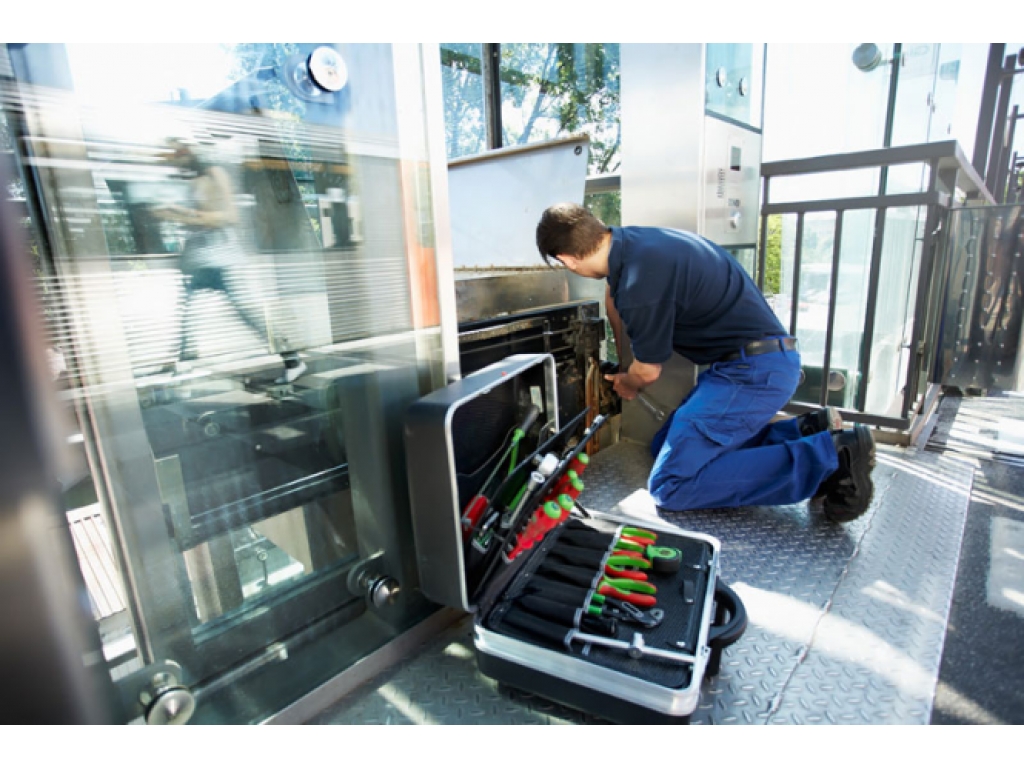Recognizing Platform Lift Capacities: Vital for Effective Lift Service
Recognizing Platform Lift Capacities: Vital for Effective Lift Service
Blog Article
Lift Maintenance Repair
Elevator Suite Britannia Street Tividale B69 2PG
01926 266127
An Extensive Approach to Enhancing Performance Through Strategic Lift Repair Service Techniques
A tactical and systematic approach to raise repair and maintenance is crucial to take full advantage of performance and minimize downtime. By dealing with typical lift issues, implementing proactive upkeep measures, and creating targeted repair service strategies, facilities can optimize their lift systems to operate at peak performance degrees.
Value of Lift Efficiency Optimization
Comprehending the significance of maximizing lift efficiency is vital for guaranteeing reliable and reliable vertical transport systems in different buildings and frameworks. Lifts are important elements of modern framework, offering upright wheelchair for owners and products within structures of varying elevations. By maximizing lift efficiency, building owners and center managers can enhance customer experience, improve power efficiency, and boost overall functional efficiency.
Effective lift efficiency optimization involves various variables, including speed, ability, energy maintenance, safety and security, and intake requirements. Effectively optimized lifts can minimize wait times for customers, especially in high-traffic buildings, resulting in improved complete satisfaction and efficiency. In addition, optimized lifts add to energy savings by making use of sophisticated control systems and modern technologies that minimize power consumption without compromising performance.

Identifying Common Lift Issues
Identifying typical lift problems is crucial for keeping the operational efficiency and security of upright transport systems in buildings. This concern can be a sign of issues with the lift's electric motor, control system, or also the positioning of the lift car.
Another prevalent lift issue is unusual sounds rising from the lift shaft or equipment area. These sounds can vary from grinding or scuffing audios to loud clunking sounds, all of which may indicate underlying mechanical problems that need instant attention. Additionally, frequent door breakdowns, such as doors closed or shutting appropriately, can interrupt the smooth flow of passengers and position safety risks.
Implementing Aggressive Upkeep Measures
To maximize the performance and longevity of lift systems, proactive maintenance actions play a critical function in making sure functional dependability and safety and security. lift breakdown. Applying aggressive upkeep involves methodically evaluating, maintenance, and repairing components prior to they stop working, thus protecting against expensive downtime and prospective safety threats. Regularly arranged evaluations can aid determine minor problems before they intensify into significant problems, eventually extending the life expectancy of lift systems
One key facet of positive upkeep is creating a thorough maintenance routine based upon manufacturer suggestions and industry best practices. This routine needs to describe jobs such as lubrication, alignment checks, and component replacements at defined periods. Furthermore, carrying out problem tracking strategies, such as resonance analysis and thermal imaging, can aid find very early signs of wear or breakdown.
In addition, training maintenance staff on correct inspection methods and preventative upkeep treatments is vital for the effective implementation of proactive maintenance steps. By cultivating a culture of proactive maintenance within a company, lift systems can run at peak efficiency degrees, minimizing interruptions and making certain the safety and security of customers.
Creating Targeted Repair Strategies
Upon analyzing the maintenance records and efficiency information, the design team can establish targeted repair service strategies you could try these out to maximize and resolve certain look here concerns lift system performance. These repair work plans are customized to the determined issues, guaranteeing that resources are concentrated on resolving critical problems effectively. By focusing on repair services based on their influence on performance and security, the targeted repair work plans help minimize downtime and maintenance costs while optimizing the lift system's dependability.
Developing these strategies involves an extensive evaluation of the lift system parts, including electric motors, cables, brakes, and control systems. Via this comprehensive assessment, the design team can determine the origin of any kind of malfunctions or destruction in efficiency. This info is after that utilized to develop a roadmap for the repair work procedure, laying out the needed steps, timeline, and sources called for to deal with each issue effectively.
Furthermore, targeted fixing plans might include preventative steps to improve the lift system's durability and performance. By proactively dealing with prospective problems before they escalate, these plans add to the total performance and security of the lift system.
Using Data-Driven Insights
Utilizing the power of data-driven insights is important in optimizing lift system efficiency and upkeep performance. These anticipating maintenance methods help protect against unexpected malfunctions, decrease downtime, and extend the life-span of lift systems.

Final Thought
In final thought, maximizing important link lift performance is essential for making sure effectiveness and safety and security in structures. By recognizing typical lift issues, applying positive upkeep steps, developing targeted repair service strategies, and making use of data-driven insights, companies can boost performance and lessen downtime. It is crucial to take an extensive approach to raise fixing techniques to take full advantage of functional efficiency and make sure the long life of lift systems.
By dealing with common lift concerns, carrying out positive upkeep measures, and developing targeted repair work plans, facilities can maximize their lift systems to operate at peak performance degrees.Another common lift concern is odd sounds originating from the lift shaft or equipment room.Upon examining the upkeep documents and efficiency information, the engineering team can develop targeted repair service strategies to maximize and attend to particular concerns lift system capability. By focusing on repair work based on their influence on performance and safety, the targeted repair strategies help lessen downtime and maintenance expenses while making best use of the lift system's reliability.
It is essential to take a comprehensive approach to lift repair service strategies to take full advantage of functional effectiveness and guarantee the durability of lift systems.
Report this page